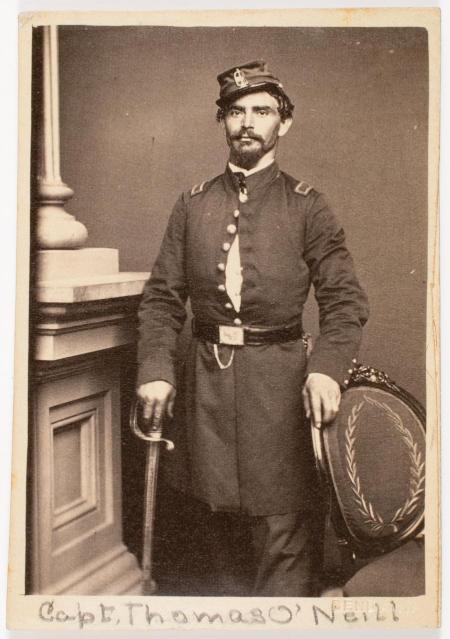
The American Antiquarian Society's photograph collection includes an extensive collection of cartes-de-visite. The most popular photographic format in the second half of the nineteenth century, cartes-de-visite measure approximately 2 ½ by 4 inches. Most served as mementos of family and friends, though beginning in the 1860s Americans also cherished cartes-de-visite of such prominent figures as presidents and generals. In fact, this medium allowed Abraham Lincoln to become America's first photographic celebrity.
This collection contains about 5,000 photographs from the 1850s through the 1870s, with the majority dating from the 1860s. The collection is divided by subject matter. The largest group consists of portraits of men, women and children from throughout the United States. Most of these depict their former owners' friends and relatives, but many represent such celebrities as Lincoln, Julius Booth and Harriet Beecher Stowe. The second largest group contains photographs of citizens in Worcester; this group includes, but is not limited to, a collection of "500 Citizens of Worcester" assembled in 1870. Other groups of cartes-de-visite include portraits of Europeans, South Americans, Native Americans, views of the United States and Canada, and photographs related to the Civil War.
Access
The Civil War cartes-de-visite have been fully digitized and cataloged and may be searched in the General Catalog.
An inventory, listing the sitter (main entry), photographer, and photographer's address, is available as an Excel spreadsheet.